share:
When I was studying photography in the 1970s, my instructor, Malcom Paterson introduced our class to the photographs of Alfred Stieglitz and his concept of Equivalence. The Equivalent photographs of clouds, produced c.1925-33, were ungrounded in time, scale, or location. They were also unusual for the time due to improvements in film technology that enabled dramatic photographs of clouds. A new technology, but a familiar canvas – clouds are among the first things we point to as children and imagine, even as adults to be more than clouds.
There is a transcription of Stieglitz speaking to a man viewing his Equivalents who insisted on knowing what the subject of the photograph was. Stieglitz’s final response seems at the point of exasperation as he says, “It happens to be a picture of the sky. But I cannot understand why that is of any importance.” Stieglitz’s Equivalents were meant to evoke rather than inform: the viewer has a response to an image as an equivalent of personal experience. While the concept may sound obvious today, viewers at the time were not used to abstractions in photographs and viewed images as vehicles for conveying information. In this exhibit, I am presenting equivalents in the Stieglitz tradition and digital equivalents to what is now referred to as analog (film) photography.
But… oh, such talk…. Fear not, dear viewer, for there are still to be found circus seals, leaping puppies and, maybe, an icy hand reaching from beyond …
On a technical note, I wanted it to be apparent that the images were from a digital source. To pop the pixels up a bit I underexposed the images in the camera and then reconstituted them through levels and brightness/contrast functions. In addition, I used sharpening filters, as well as a high pass overlay.
Particular thanks to Greg Emslie for the tip on high pass overlay and to Tom Morris for the book Mount Analogue by René Daumal.
Notes … Clicking on an image will give you a full screen view. Comment section comments may not be posted immediately but are appreciated, do not panic. Contact and subscription information is at the bottom of the home page.
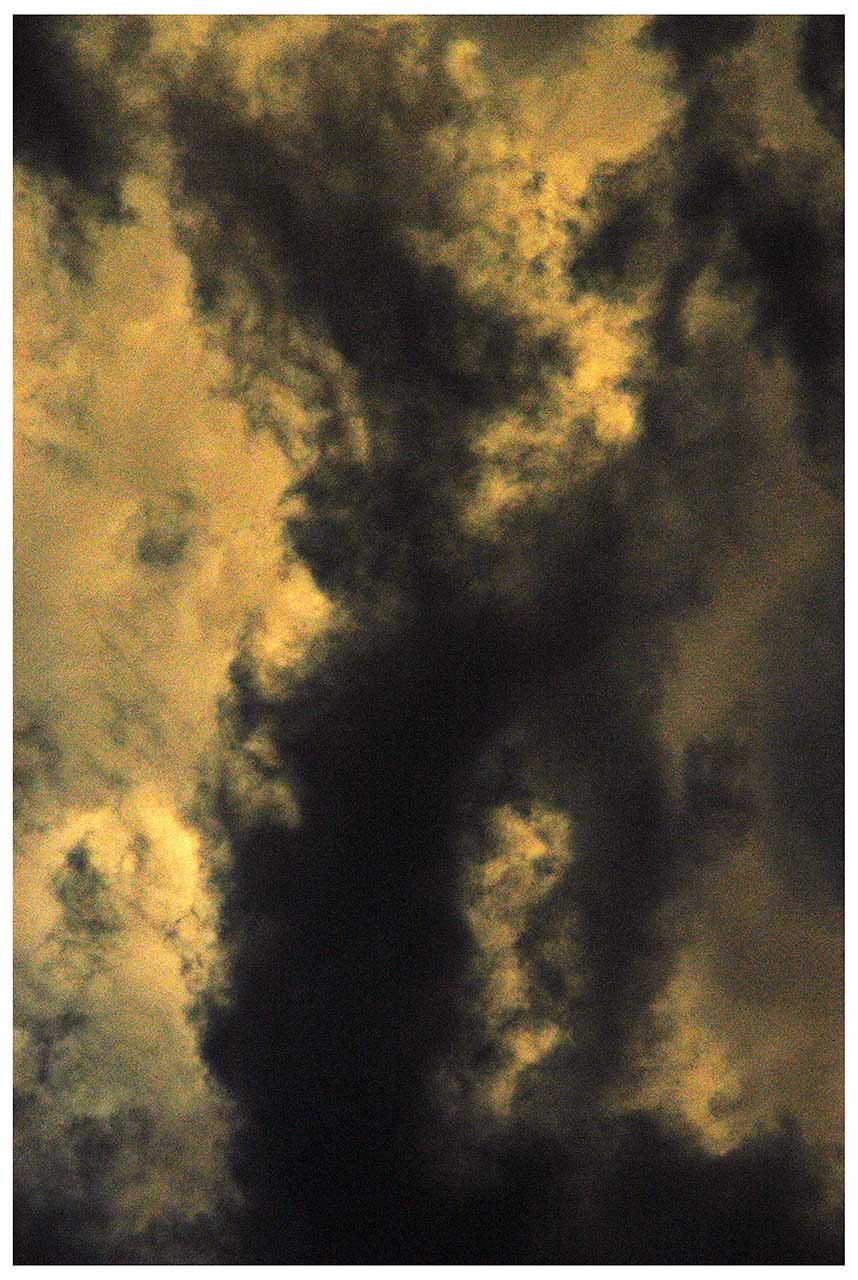






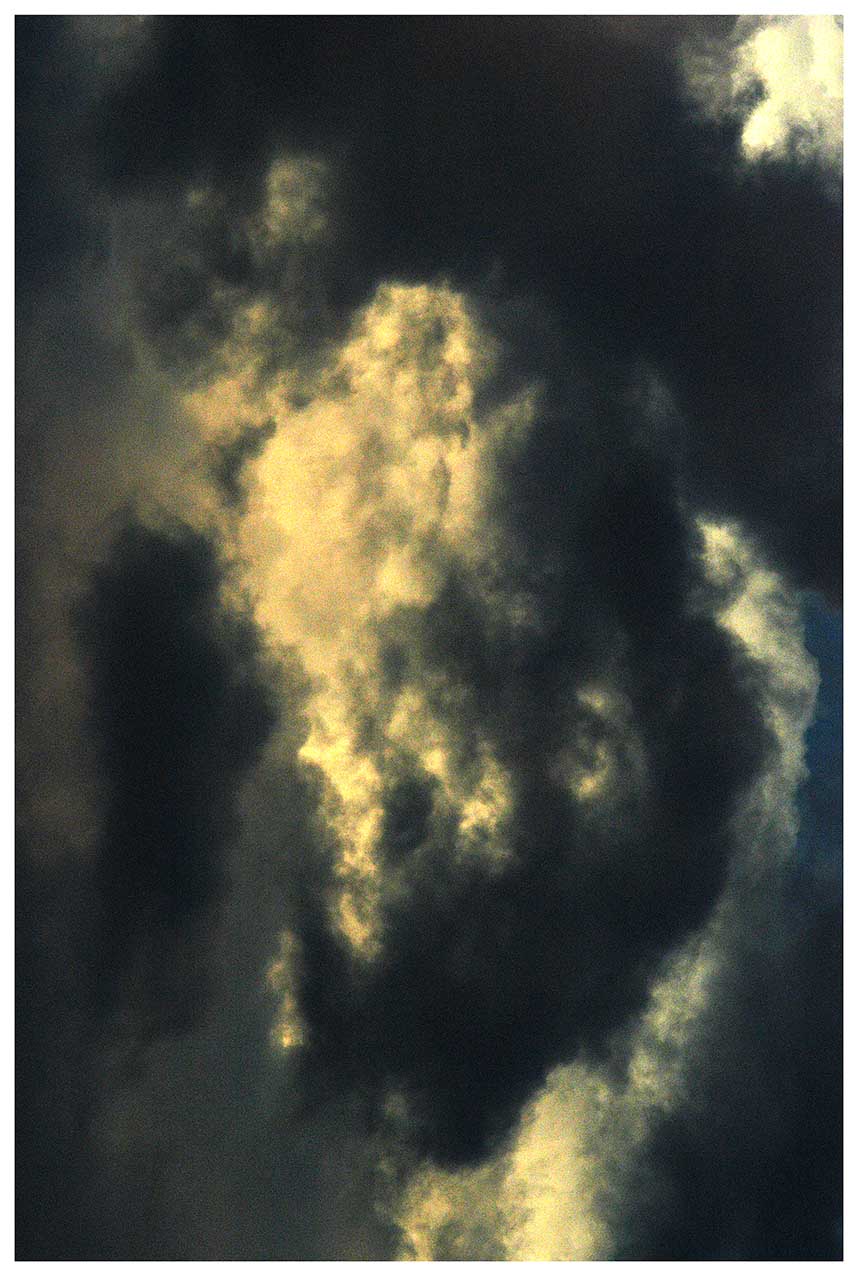







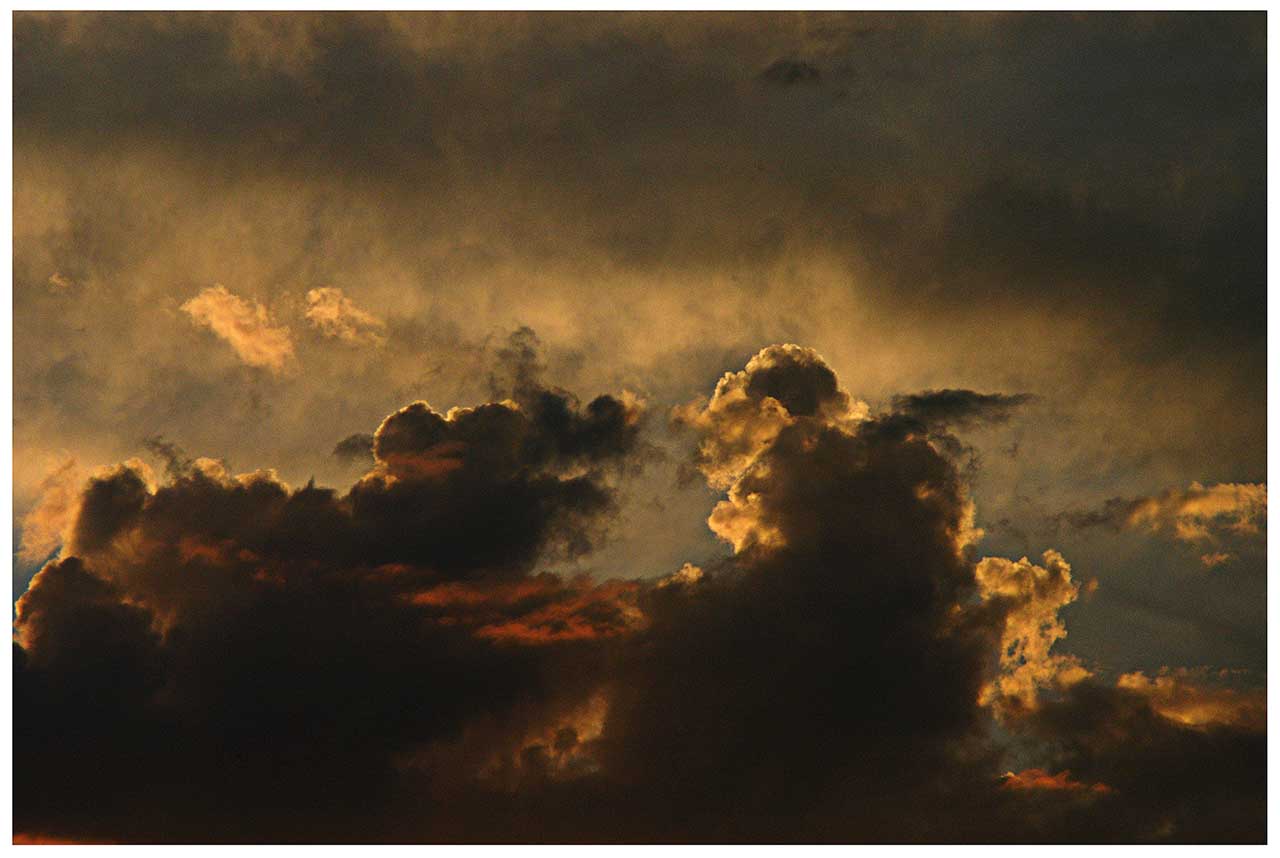











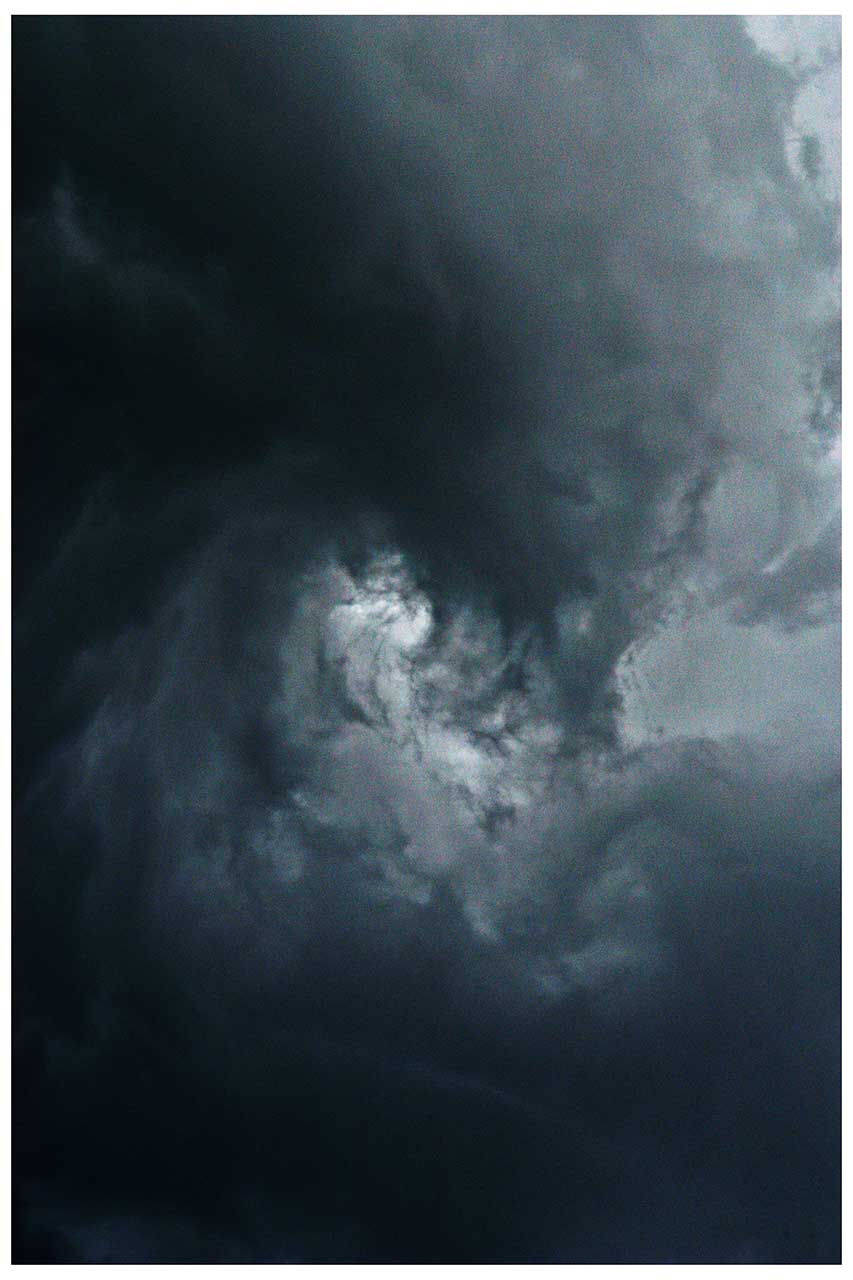



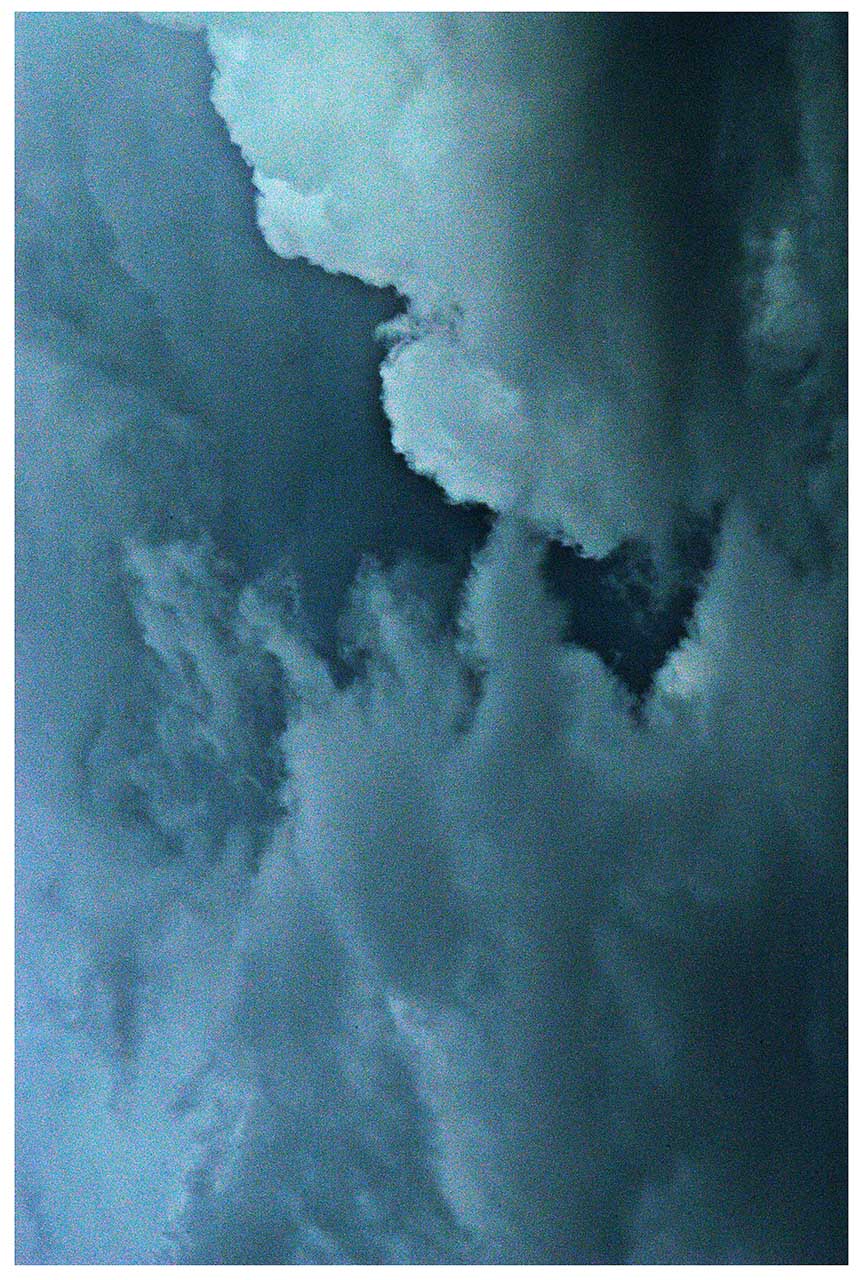


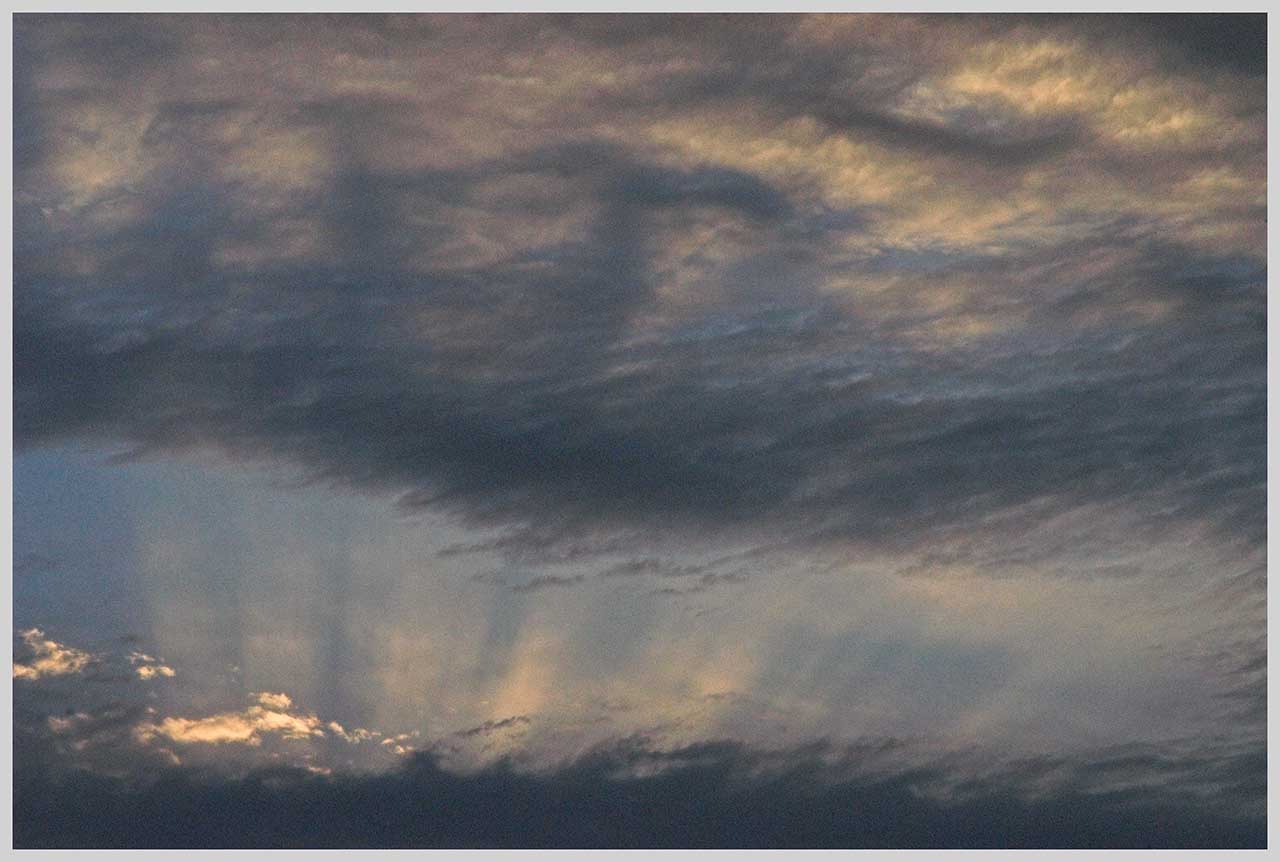


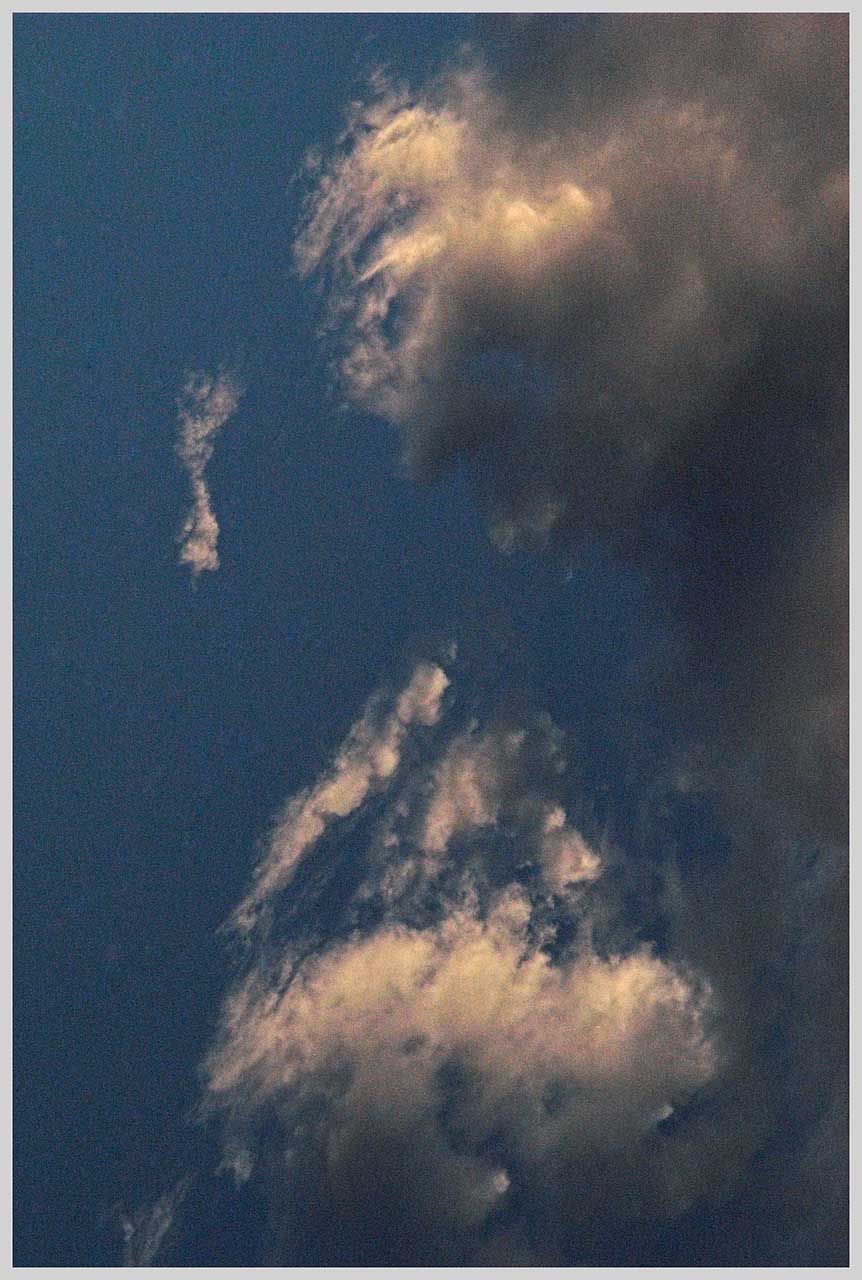


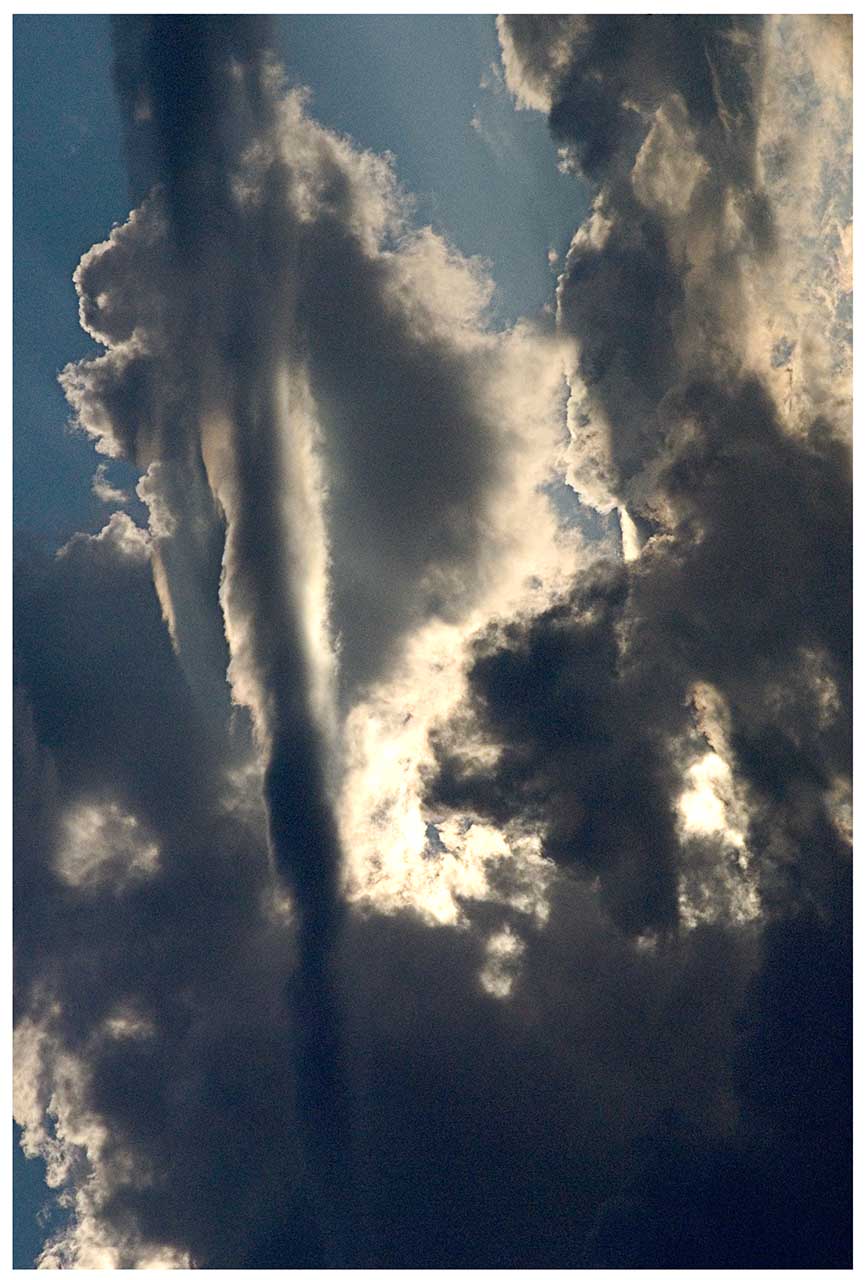


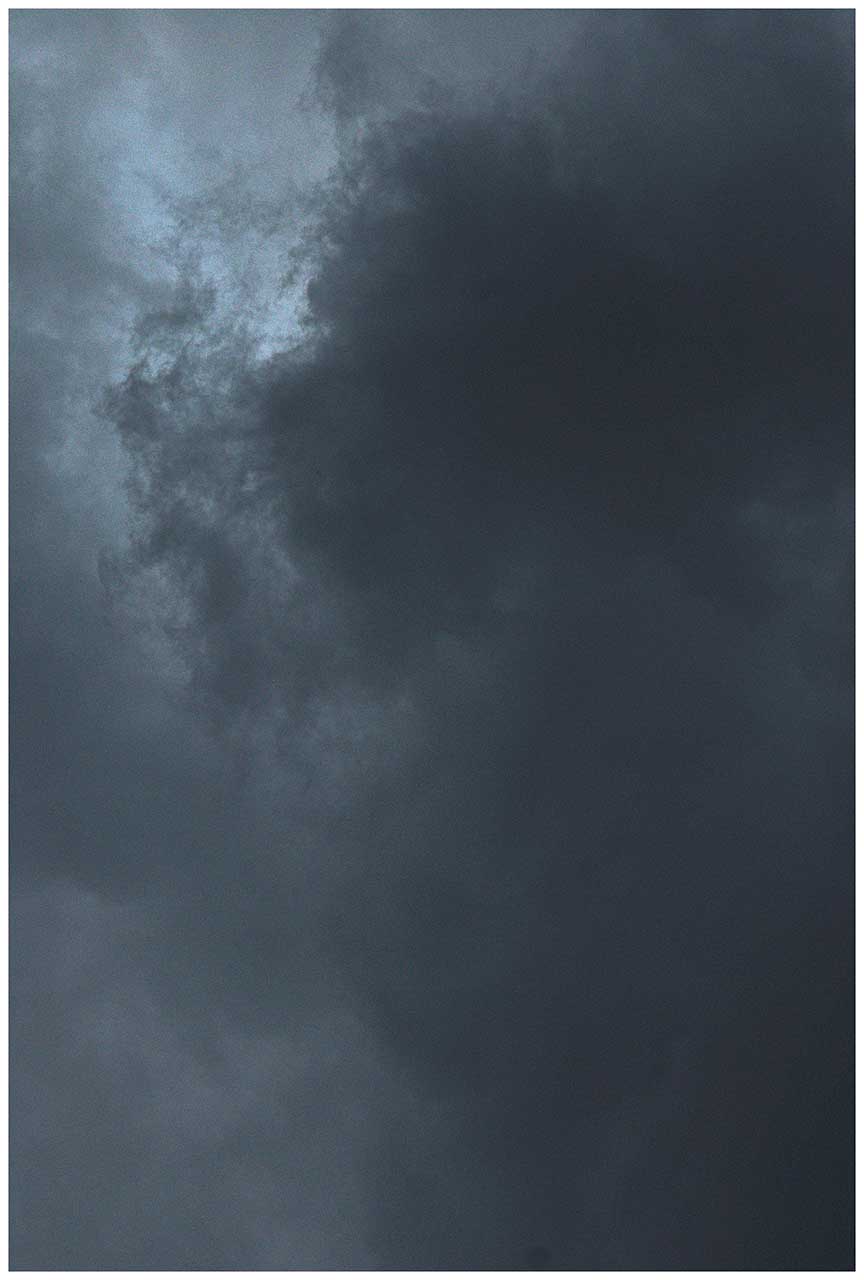









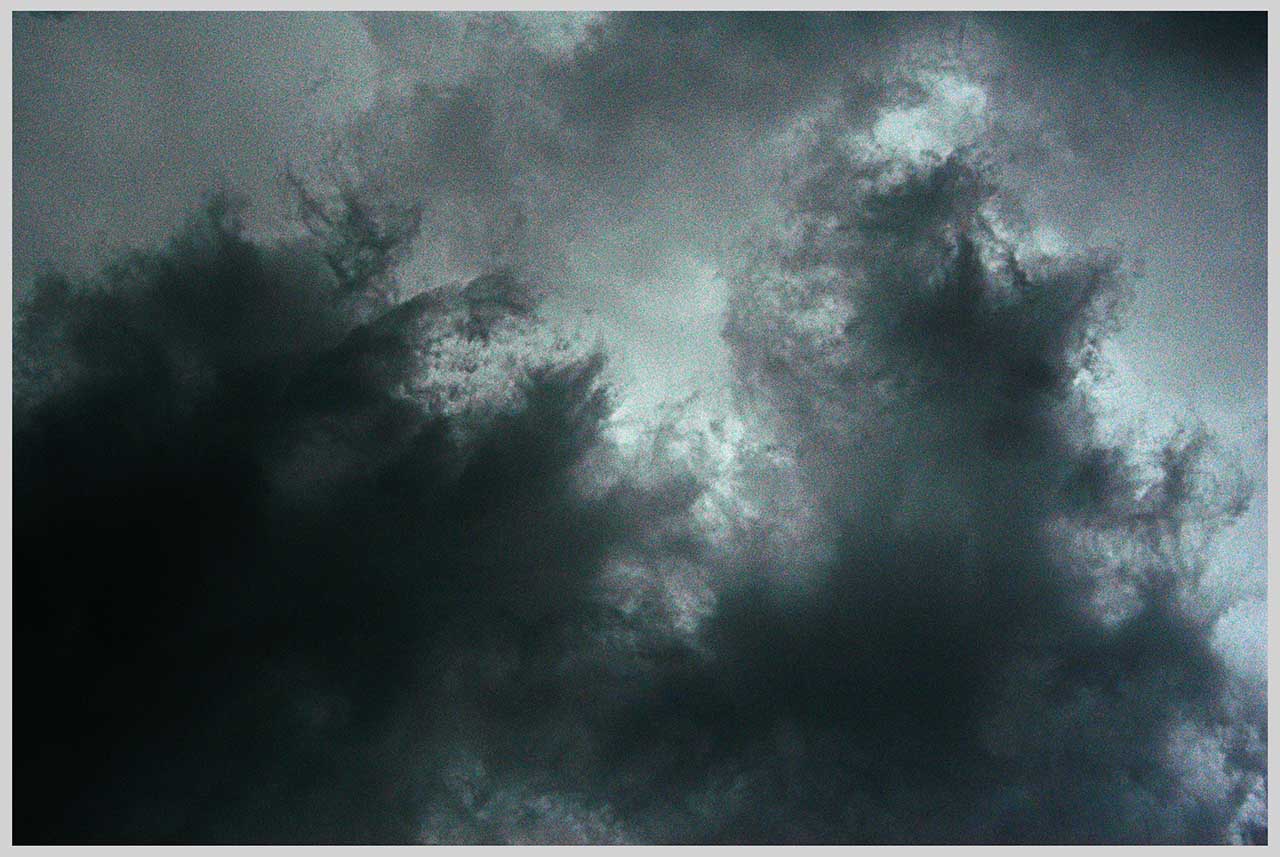
7 Responses
Wonderful images Rob! Equivalent Five hangs on our wall to this day!
Thank you Sharon…
Most impressive
13 looks like it’s underwater
14 looks like it’s on the street
I’ll contemplate more …….
☁️ 🤍
Thank you Darena
Such diversity in a world where our only constant is change
Some of these look the like sky is on fire
Again. It is so good to see your take on the world
Love these
Thank you Amanda
This whole series is beautiful, Rob